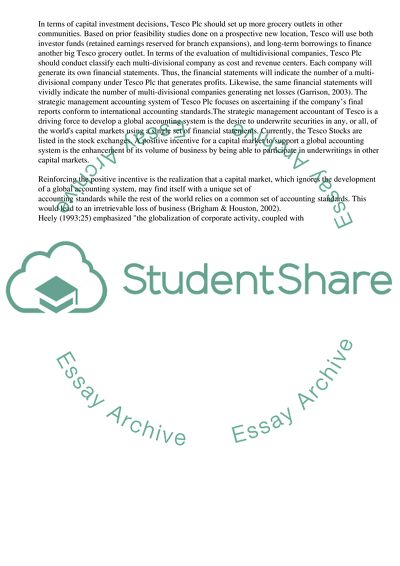Cite this document
(“The Basic Function Of Strategic Management Accounting Essay”, n.d.)
Retrieved from https://studentshare.org/management/1413455-the-basic-function-of-strategic-management-accounting
Retrieved from https://studentshare.org/management/1413455-the-basic-function-of-strategic-management-accounting
(The Basic Function Of Strategic Management Accounting Essay)
https://studentshare.org/management/1413455-the-basic-function-of-strategic-management-accounting.
https://studentshare.org/management/1413455-the-basic-function-of-strategic-management-accounting.
“The Basic Function Of Strategic Management Accounting Essay”, n.d. https://studentshare.org/management/1413455-the-basic-function-of-strategic-management-accounting.


